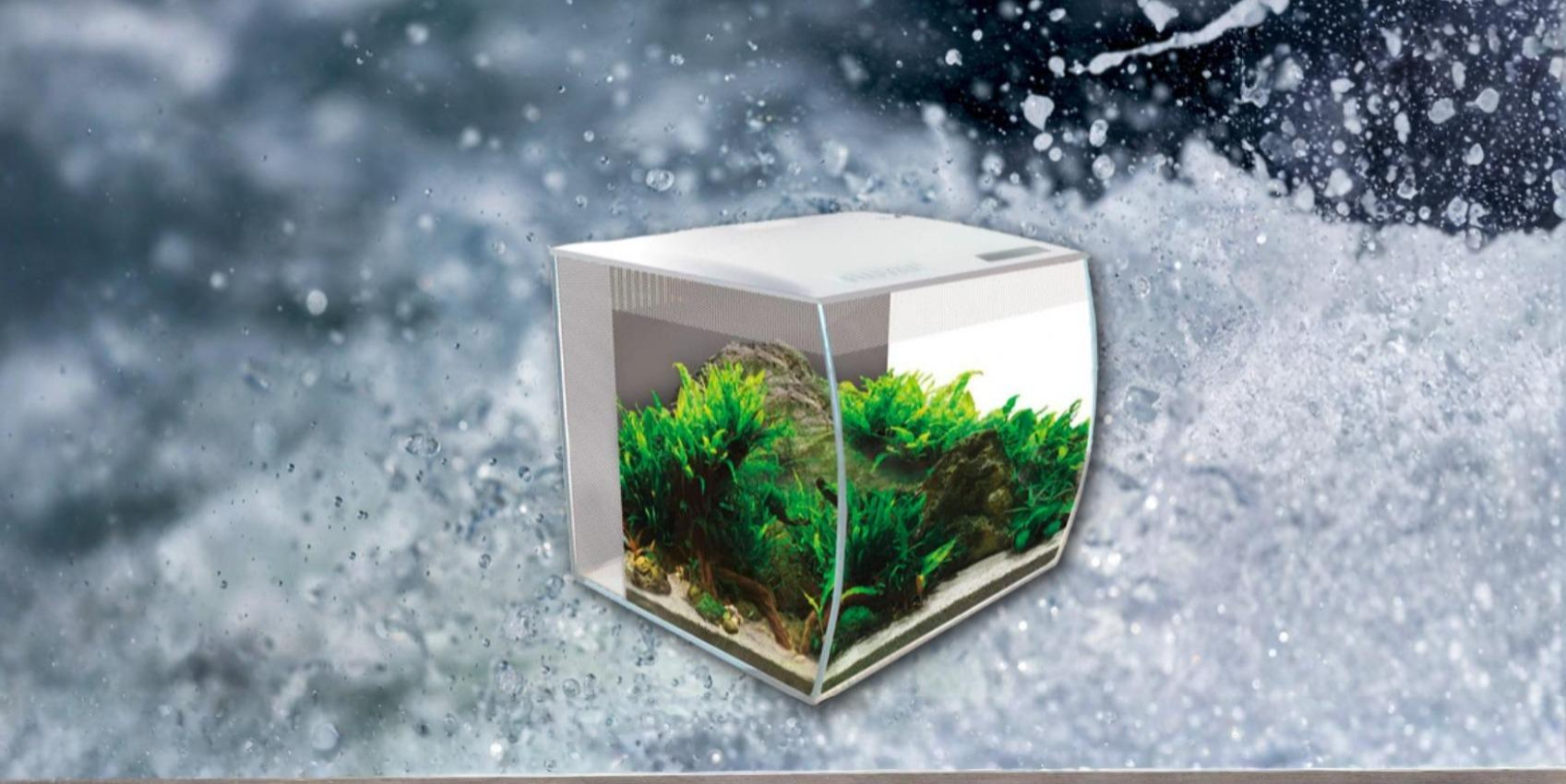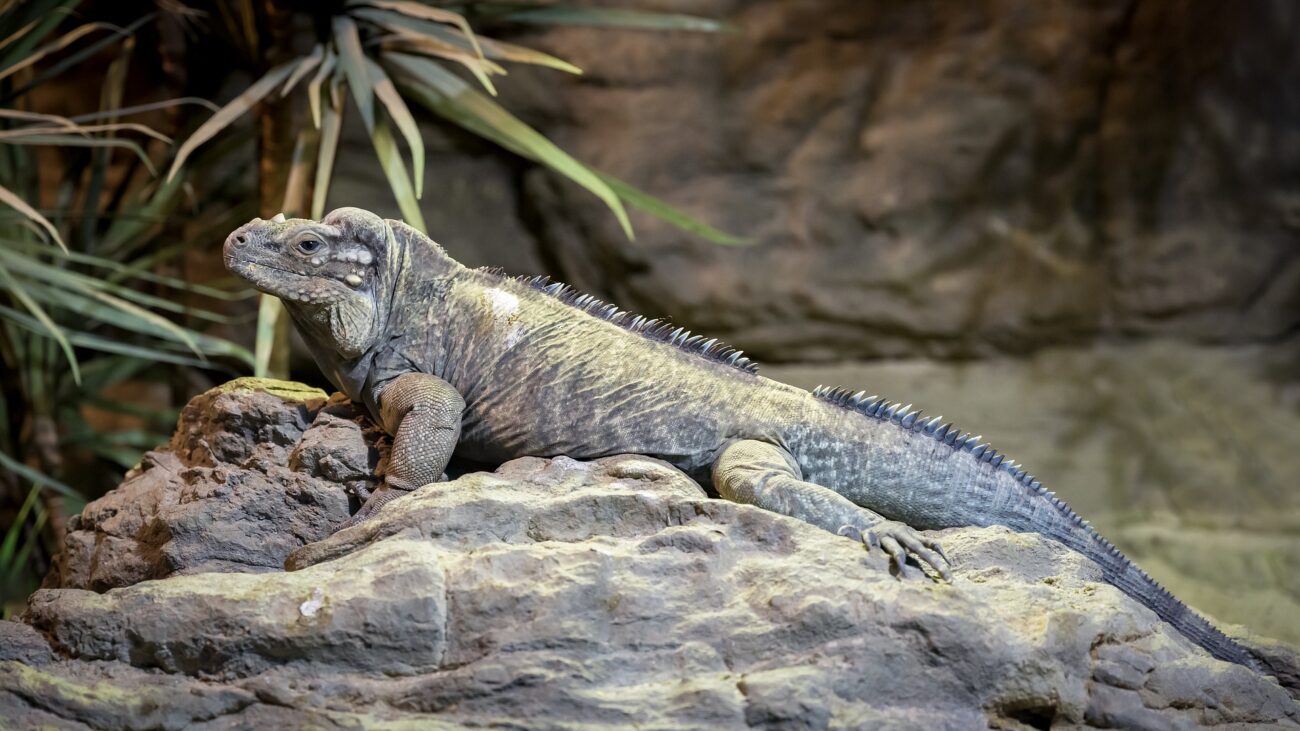The maturation of an aquarium begins on the day the tank is filled with water. The end goal is to achieve a stable balance in the ‘ecological system’ of the aquarium.
This is because a newly assembled aquarium is not yet biologically ‘stable’. The essential ‘good’ bacteria, which mainly settle in the filter and ensure a biologically stable water quality, are not yet present. You will not find the tiniest aquatic animals in a newly installed tank either.
This Happens During ‘Maturation”
After you set up the aquarium with substrate and decorations and fill it with water, it will take a few days until you can see signs that your aquarium is maturing. You can tell, for example, by an oily film on the surface of the water or ‘mould’ (bacterial growth) on wooden elements. This often occurs in combination with algae proliferation.
Newly filled aquariums also often have ‘brown deposits’ appear on the glass, decorations and plants. These are usually diatoms that feed on silicates in the water. Tap water often contains a high concentration of silicates. As soon as these micronutrients are used up, the brownish coating usually disappears by itself.
The nitrifying bacteria only form slowly. These are responsible for breaking down or converting ammonium and ammonia. They form nitrite (NH3, which is highly toxic) as a first step — and then nitrate (NH4) to complete the process.
Nitrite Peak
Experience has shown that most aquariums reach the so-called ‘nitrite peak’ after approx. two weeks into the maturation process. This is the point at which the nitrite content rises to its highest level, though the actual concentration may vary. The nitrite peak indicates that the decomposition of organic material has started. During this process, the protein components from the organic material are broken down by bacteria to form NH4/NH3 (nitrate/nitrite). This in turn is metabolised by denitrifying bacteria to NO2 (nitrogen dioxide).
As with all life, the quantity of live bacteria is determined by their specific food supply; if there is no ‘food’, even bacteria will find it hard to multiply. For the new aquarium, this means: If little nitrite has been formed so far (which is typically the case in new aquariums), the number of nitrate bacteria that break down nitrite to nitrate is too low. This causes the nitrite peak, i.e. the nitrite level in the water rises. This is therefore completely normal and once your aquarium is mature, you will normally no longer have any problems with nitrite, as the nitrite peak has allowed sufficient nitrate bacteria to form (as they have thus had enough ‘food’ to multiply).
Ammonia-Peak
According to the sequence of substances in the metabolic chains, there is already another “peak” one step before the nitrite peak – that of ammonium. This is because ammonium is the “source material” that the nitrifying bacteria need as a basis for life — and that they convert the ammonium to nitrite in the process. This is why the ammonium peak occurs before the nitrite peak in the aquarium. So if you see an ammonium peak, you already know that the nitrite peak is not far away! Therefore, regular measurement of the water parameters is extremely important, especially at the start-up phase for beginners.
The start-up phase of your aquarium should last until you have measured a nitrite increase and subsequently a drop of the nitrite value back to Zero. Only then you can be sure that the necessary bacteria for nitrite elimination are present in sufficient numbers in your system.
However, when populating the aquarium, there is another peculiarity regarding the nitrite values: If a larger group of animals is introduced at once, a new nitrite peak may occur. This happens when the equilibrium of the bacterial flora that has been achieved up to that point is distorted by the larger amount of organic waste in the aquarium due to the animals, their faeces and food. The bacterial environment has to readjust then. In the event of a nitrite peak with livestock, a large water change should be carried out as quickly as possible.

Caution
If a nitrite peak occurs in a tank with livestock, you should carry out a large water change as quickly as possible! Otherwise your animals could be harmed or even die.



